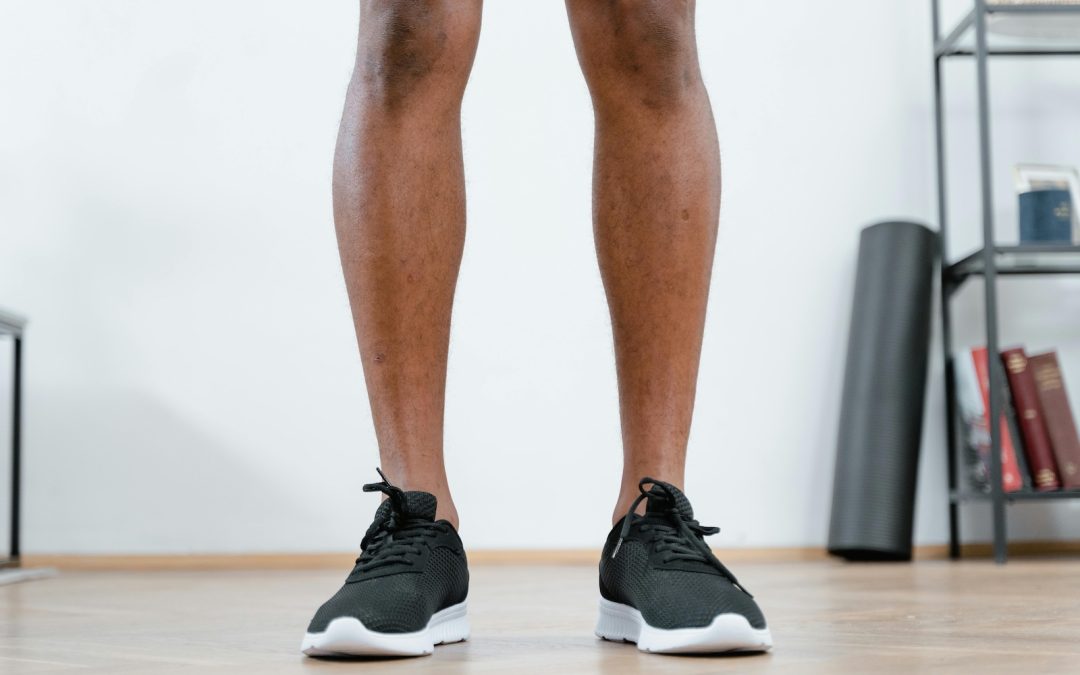Most content about varicose veins centers on women. This makes sense to a certain extent; after all, varicose veins are more common in women.
That said, all people can get varicose veins. In fact, it’s estimated that about 15% of men will develop varicose veins at some point in their lives. This means that 1 in 7 men will see their legs develop twisted, bulging veins — and likely suffer all the side effects that come with them.
At our vein clinic in the Milwaukee, Wisconsin area, we’ve helped many men with their varicose vein issues. In this piece, we’ll cover what men need to know about varicose veins, as well as how they can be prevented. To close, we’ll note what one can do to get rid of their varicose vein problem in the long-term.
How Do Varicose Veins Form?
Varicose veins form the same way no matter your sex. In short, veins are filled with valves. When these valves weaken, or when vein walls lose elasticity, blood can leak backwards through the vein and pool.
This process puts pressure on the vein. Over time, this pressure can build, turning a small problem into a spider vein or varicose vein.
The reasons why one may form varicose veins differ. For women, the formation can be linked to things like pregnancy and hormones. Men, however, have their own host of reasons for varicose vein development, which we’ll explore below.
Why Do Some Men Develop Varicose Veins?
While not all men will develop varicose veins, there are some risk factors that may make one more likely to see veins forming on their legs.
First, people with jobs that require a lot of standing or sitting may be more likely to develop varicose veins. This can include office work, where one spends a lot of time at a desk, or even construction work, teaching, and retail jobs.
Next, one’s genetics could play a role in their propensity to develop varicose veins. If one’s parents or grandparents had varicose veins, it’s possible that they are more likely to develop varicose veins themselves.
Additionally, lack of exercise can be a part of why someone might develop varicose veins. Many jobs are sedentary, and if one does not supplement their work life with additional exercise, they could increase their risk of varicose veins.
Finally, smoking may make one more likely to have varicose veins.
Seeing these factors, one may wonder why they don’t hear more about varicose veins in men. This may be down to the “tough it out” mentality, where men feel they can’t discuss their issues, or that the issue will resolve itself on its own.
However, varicose veins cannot resolve themselves on their own. The only way to fix varicose veins is through vein treatment.
Is Varicose Vein Prevention Possible?
While you can’t change your genetics, you can do other things to decrease your likelihood of developing varicose veins.
For example, as varicose veins can be caused by a sedentary lifestyle or long amounts of time spent in a single place, one can try to incorporate more exercise into their lives. This can be done by going to the gym or picking up a sport — or by simply making an effort to stand and walk more during the day.
Additionally, smokers may want to consider kicking the habit. While it’s difficult, the benefits of quitting smoking are numerous — and your legs, lungs, and heart will thank you for stopping.
How Can I Get Rid of My Varicose Veins?
If you’re a man interested in getting rid of your varicose veins, there’s only one answer: treatment.
Thankfully, modern vein treatments are low in pain and incredibly quick. In fact, most of our patients find they can return to work or their everyday lives on the same day as their treatment!
If you’re curious about varicose vein treatment, or you want to book a consultation to see what options you have, reach out to us today.
We can help you solve your varicose vein problem and pave the way for a happier, healthier you.



